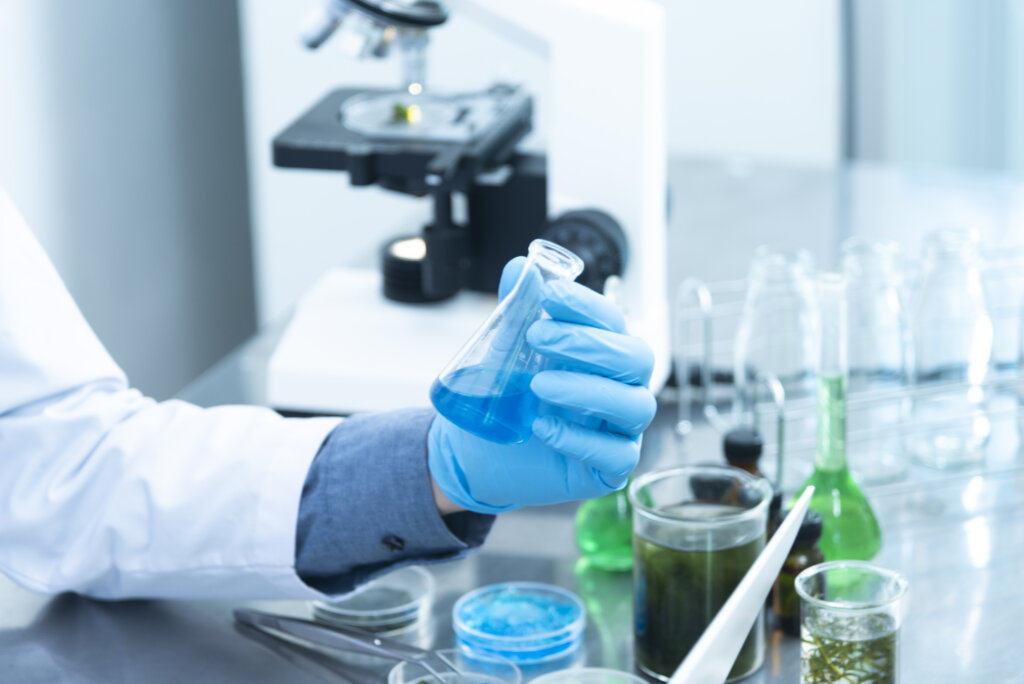
Chromatography, a powerful separation technique, has long been an indispensable tool in the world of science. Since its beginnings, chromatography has evolved into a versatile method used across a broad range of disciplines, revolutionizing the way researchers and scientists analyze complex mixtures. The applications of chromatography are virtually limitless, spanning various fields of science.
The points below uncover the fascinating world of chromatography by examining its role in drug development, environmental analysis, forensics, genomics, and beyond. They also explore the real-life applications of chromatography and shed light on how this technology continues to shape scientific advancements.
1. Quality Control in the Food Industry
Quality control is crucial in the food industry. It is equally essential for the customers and the manufacturers. Consumers tend to make purchases from brands that they perceive as reputable and trustworthy. However, even a minor occurrence has the potential to damage a company’s reputation and subsequently affect its financial performance.
Also, according to data from World Health Organization, annually, across the globe, approximately 600 million individuals suffer from foodborne illnesses. It leads to an alarming 420,000 fatalities. With these increasing concerns over food safety and the need to meet stringent regulatory standards, chromatographic techniques have become crucial tools for food scientists and manufacturers.
The industry can effectively detect and quantify contaminants, additives, and nutrients in food products by employing chromatography, ensuring consumer safety and maintaining consistent quality.
Chromatography techniques, such as high-performance liquid chromatography (HPLC) and gas chromatography (GC), are commonly used in food analysis. HPLC allows for separating and identifying various components in a sample, including vitamins, amino acids, pesticides, mycotoxins, and food additives.
On the other hand, gas chromatography is particularly useful for analyzing volatile compounds in food samples. It is commonly employed to analyze flavors, aromas, and contaminants such as pesticides and residual solvents.
2. Forensic Science
From analyzing drug compounds to detecting trace evidence, chromatography is crucial in uncovering information and providing scientific evidence. Chromatographic techniques are widely used in forensic laboratories to identify and analyze various substances found at crime scenes.
According to the Bureau of Justice Statistics, forensic science plays a vital role in criminal investigations. It focuses on identifying and analyzing physical evidence that can establish or eliminate a connection between a suspected perpetrator and the crime scene or victim.
DNA evidence has emerged as an exceptionally effective tool in solving various types of crimes, including violent acts like murder and sexual assault, as well as property crimes like burglary.
In drug-related cases, chromatography can identify and quantify illegal substances in seized materials. By separating and analyzing the components of drug mixtures, forensic scientists can determine the exact composition and purity of illicit drugs. It aids law enforcement agencies in their efforts to combat drug trafficking and abuse.
Chromatography is also instrumental in analyzing the trace of evidence, such as fibers, paints, glass fragments, and gunshot residues. These substances often hold vital clues linking suspects, victims, and crime scenes.
3. Environmental Monitoring
Chromatography instruments play a vital role in this field. It provides scientists with the necessary tools to analyze and quantify pollutants, contaminants, and other substances present in air, water, and soil.
According to Excedr, while chromatography is primarily utilized in analytical chemistry labs, its applications extend far beyond that domain. Industries such as food testing, drug discovery, and forensic science have all reaped the benefits of chromatographic techniques.
However, it’s important to note that chromatography instruments can be expensive, with prices ranging from thousands to hundreds of thousands of dollars. As a result, leasing these instruments when required becomes crucial for cost-effective access to the technology.
Chromatography techniques, such as gas chromatography (GC) and high-performance liquid chromatography (HPLC), are extensively used in environmental monitoring. In addition to GC and HPLC, other chromatographic techniques, such as ion chromatography (IC), are utilized to analyze inorganic ions, such as nitrates, phosphates, sulfates, and heavy metals, in water and soil samples.
The data obtained through chromatography instruments in environmental monitoring are essential for developing effective strategies to mitigate pollution and implement regulatory measures for environmental conservation.
By monitoring and analyzing pollutants and contaminants, scientists can assess the effectiveness of pollution control measures, track trends over time, and identify emerging environmental risks.
4. Pharmaceutical Development
Chromatography plays a crucial role in pharmaceutical development in various stages, from drug discovery to formulation and quality control. Chromatographic techniques provide pharmaceutical scientists with powerful tools to analyze, separate, and purify complex drug mixtures, ensuring medication safety, efficacy, and quality.
As per Congressional Budget Office, every year, the pharmaceutical sector in the United States introduces a diverse range of innovative medications that offer significant medical advantages.
In 2019 alone, the pharmaceutical industry allocated a substantial $83 billion towards research and development (R&D) expenditures. Chromatography comes in handy to the pharmaceutical industry during the R&D phase.
During the early stages of drug discovery, chromatography is employed to identify and isolate potential drug candidates from natural sources or synthetic compounds. By monitoring and adjusting the composition and properties of drug formulations using chromatography, scientists can enhance drug performance and ensure consistent quality across different batches.
5. Biochemical Research
Chromatography plays a significant role in this domain, enabling scientists to separate, analyze, and characterize various biomolecules, unraveling their structures, functions, and interactions.
In biochemistry, chromatography techniques are widely utilized to isolate and purify proteins, nucleic acids, carbohydrates, and other biomolecules. HPLC, coupled with other analytical techniques, allows researchers to separate complex mixtures and identify specific molecules of interest with high sensitivity and resolution.
It enables the investigation of protein-protein interactions, post-translational modifications, and the analysis of complex biological samples.
Chromatography is instrumental in studying enzyme kinetics and metabolic pathways. Using chromatographic methods, researchers can analyze reaction products, intermediates, and cofactors involved in enzymatic processes.
This information helps us understand the catalytic mechanisms, enzyme kinetics, and regulation of metabolic pathways, providing insights into the fundamental processes that drive cellular function.
6. Petrochemical Analysis
The petrochemical industry heavily relies on chromatography to analyze petroleum-based products, ensuring quality control and regulatory compliance. Chromatographic techniques play a crucial role in the identification and quantification of various compounds present in crude oil, refined products, and environmental samples related to oil and gas operations.
Chromatography aids in the detection and quantification of impurities, contaminants, and additives in petrochemical products. Techniques such as HPLC and IC are utilized to analyze compounds like sulfur, nitrogen, oxygen, and metals that may have detrimental effects on product quality or environmental impact.
To Conclude
The field of chromatography has undoubtedly revolutionized the world of science, offering a versatile range of applications across various disciplines. The real-life applications of chromatography have transformed the way to approach scientific inquiry. It helps to go deeper into the mysteries of the natural world and address critical societal needs.
As scientific advancements continue, chromatography remains at the forefront of innovation. New variations and techniques are constantly emerging, enhancing resolution, sensitivity, and speed. The integration of chromatography with other analytical techniques further expands its capabilities, enabling researchers to tackle increasingly complex scientific challenges.







